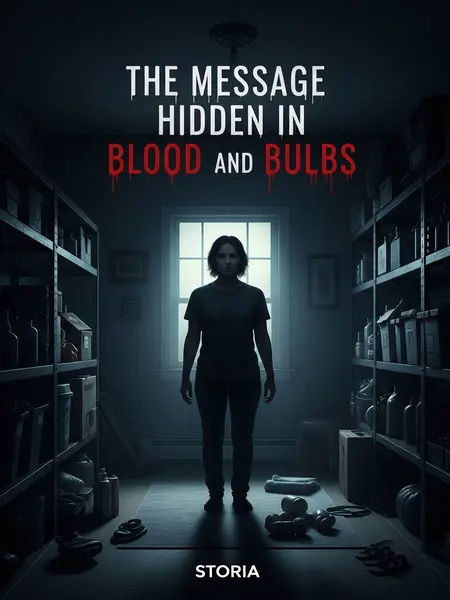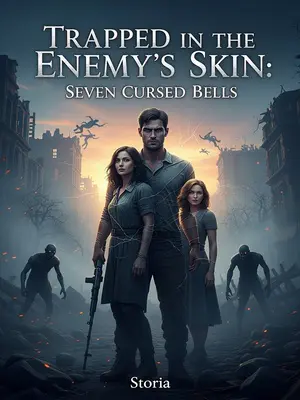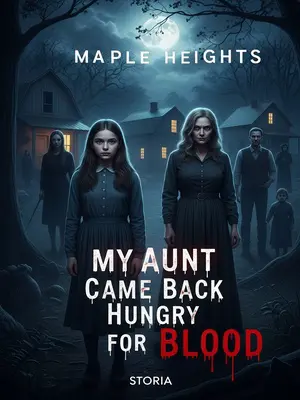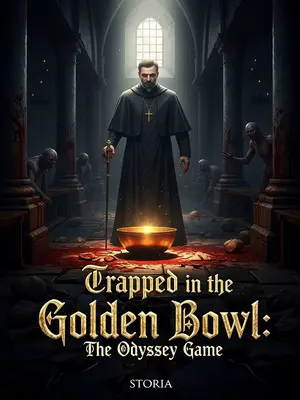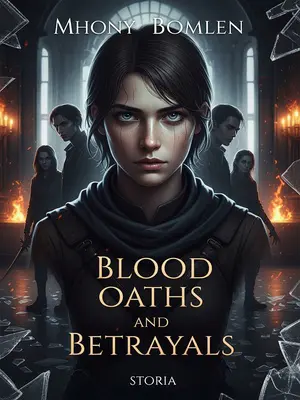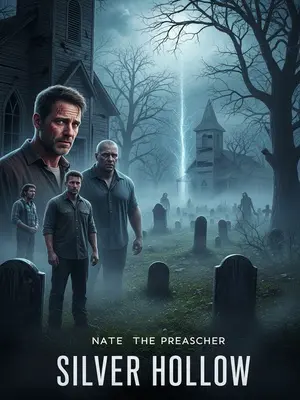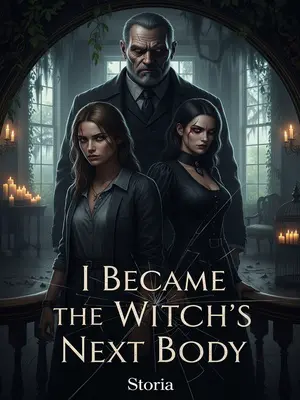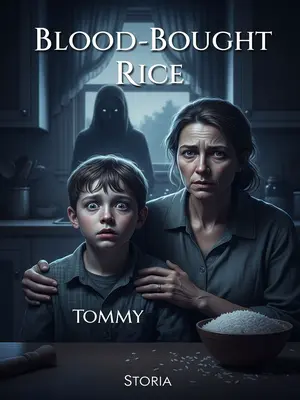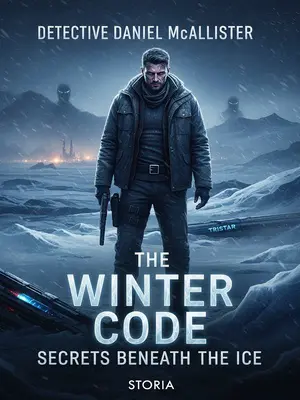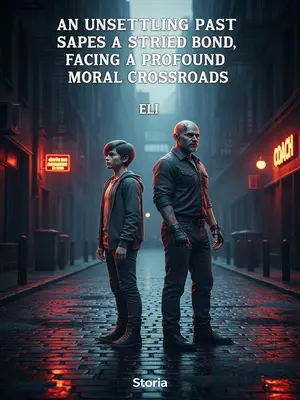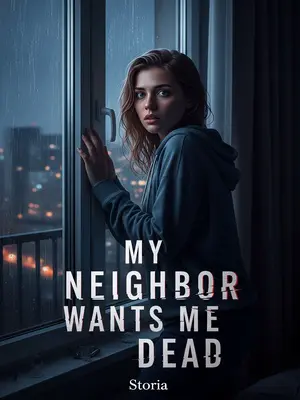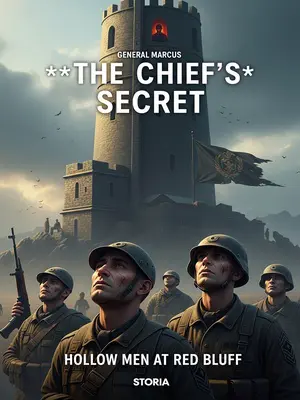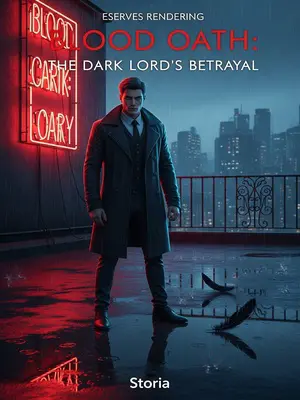Chapter 2: A Cry Hidden in the Light
Years later, on a smoky Friday night at Smokey Dan’s Barbecue off Main Street, a friend invited me out for ribs. The air was thick with the scent of hickory and fried pickles, neon beer signs flickering over a packed bar. We squeezed into a sticky booth, pitchers of PBR sweating between us, country music twanging somewhere in the background. By the second pitcher, our laughter had softened the week’s edges.
After a couple pitchers, his words started to slur, and the story tumbled out—one he’d never told me before. He leaned in, cheeks flushed, and poured out the whole ten-dollar bill story, the news, his dad’s confession. I listened, heart pounding a little faster with every detail, the noise of the bar fading beneath the weight of his memory.
I didn’t know why he picked now to share it. Maybe he needed to unload, maybe he saw something in me—a kindred haunted soul. His eyes searched mine, looking for judgment or understanding.
I asked what brought all this up. He hesitated, then pulled out his phone, hands still greasy from ribs, and sent me two photos. Messenger pinged, and I caught a flash of anxiety in his eyes as I reached for my phone.
My friend said, "You’re the one who helped the cops with that attic thing, right? Mind taking a look at these? Something about ‘em just feels… off. I was going to throw them out, but I kept thinking of that bill—what if I miss something, and someone gets hurt?"
His words tumbled out, nervous and rushed. He glanced around, like the secret was too heavy to keep.
My finger hovered over the notification. For a second, I thought about just ignoring it—pretending the world was still simple. But curiosity got the better of me. I tapped the images open.
The instant I saw the drawings, a chill ran up my spine. My hands went clammy, and suddenly the noise of the bar felt a mile away. The photos showed two drawings, smeared in what looked like dried blood, the edges ragged—like they’d been torn from a roll of cheap toilet paper.
Both drawings were nearly identical. The first was blurry, the second sharper—like someone had practiced, then tried again with trembling hands. Each felt frantic, desperate.
At the top was the number 15.3.11. My first thought: a date—March 11, 2015—but the odd formatting made me second-guess. Below it were two stick figures and a square, arranged with a logic I couldn’t quite crack. But in the middle of the square, bold and unmistakable, was "911."
In America, 911 isn’t just a number—it’s the call you make when you’re in real trouble. It’s the first thing you learn as a kid: fire, police, ambulance—911 is hope, fear, and rescue all rolled into one.
At first glance, the drawings looked like a kid’s doodle. But the context was all wrong. The numbers were the centerpiece, boxed in as if screaming for attention. Someone wanted this message to be found.
I turned to my friend. “Where did these come from?”
He explained, “My family runs a recycling business. Today, my dad brought home a truckload of LED bulbs. I found these when I was taking the bulbs apart.”
“Your family recycles bulbs too? Is there money in that?”
He shrugged. “Not the bulbs, but the LEDs inside. You can get gold from them. A lot of people are doing it now.”
He showed me a photo of a dismantled bulb, pointing out the little yellow squares—LEDs—where he’d found the drawings tucked behind the circuit board.
“Were both drawings in the same bulb?” I asked.
“No, two different bulbs, but same model.”
I studied the photos again. Both bulbs had their red wires torn away from the solder points. “Did you break these wires?”
He shook his head. “No, they were like that already.”
“Both bulbs?”
“Yeah.”
I frowned. Both bulbs, both wires snapped the same way. My mind started piecing things together.
“Anything else weird?”
He shook his head, looking almost apologetic.
I jotted down questions: Why use blood and toilet paper? Why two drawings, same design? Why hide them in bulbs? Why were both bulbs broken? Who drew them, and why?
All these questions pointed in one direction. I felt my heart pick up, the old guilt morphing into responsibility. I wrote the questions in my notebook, adrenaline washing away the beer.
Piecing it together, a theory formed in my mind. I double-checked the details, then nudged my friend awake—he’d dozed off at the table, the bar nearly empty around us.
He blinked awake, rubbing his eyes. “Huh? Got something?”
“Yeah,” I said. “I think I know what happened.”
He leaned in, tension and hope flickering across his face. “So? Is something wrong with these?”
“There is. Whoever made these was being held captive. These are cries for help.”
The words hit him hard. He took a shaky swig of beer, relief and fear mingling. “I knew it. How’d you figure it out?”
I pointed to the images. “Look at the drawings. Same layout, second one clearer. Whoever made them was trying to send a message. The number 911 is a dead giveaway—it’s a plea for help. The square’s a room. The stick figures—one inside, one out. The person inside is the artist.”
He frowned. “You mean someone was locked up?”
“Exactly. Imprisoned. That’s why they used blood and toilet paper—no pen, no paper, just desperation. Maybe they couldn’t write. Maybe a child, maybe someone who never learned.”
He pointed at the numbers at the top. “What about 15.3.11?”
“Probably a date—March 11, 2015. But I don’t know what happened then yet.”
He asked, “Why would someone lock them up?”
I hesitated. “Could be ransom, revenge—who knows. Human motives are messy. But the details tell a story.”
He nodded, moving on. “So what’s with the bulbs?”
I pointed at the photo. “Sometimes the best way to hide something is to make it look boring—just another piece of junk. The captive hid the drawing in the bulb, snapped the wires so it’d stop working, and put it back. The criminal comes in, swaps out the dead bulb, throws it away. That’s how the drawing ended up at your family’s place.”
Realization lit up his face. “So someone’s waiting for us to save them! We need to go to the cops—now!”
He jumped up, jacket half on, hope and panic swirling. I hesitated, heart racing. “Wait—where did your dad pick up those bulbs?”
He blinked. “Didn’t ask. Why?”
“Because the bulbs were dumped near the criminal’s home. That could help the police.”
His eyes widened as it clicked. He called his dad, voice trembling. After a quick exchange, he hung up. “They came from a hoarder’s house. The old man died, his son had my dad clear the place. Here’s the address.”
“Let’s go to the police together.”
We flagged down the waitress, hands still shaking. As we stepped out into the night, I couldn’t shake the feeling that this story was just beginning—and that, this time, someone’s life might depend on us.
